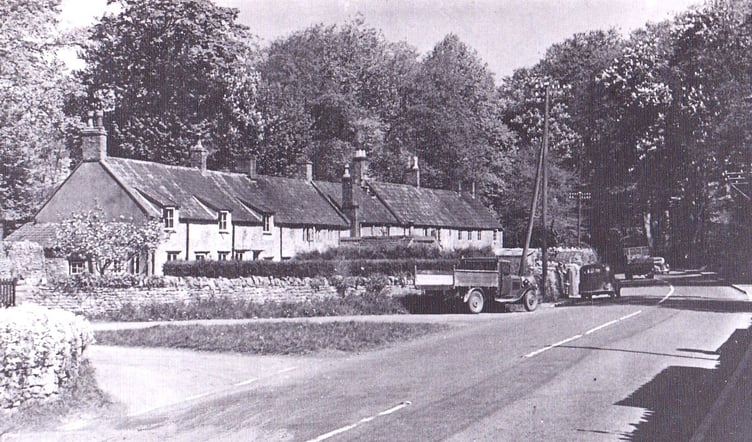CAN you guess where this week’s Mystery Photograph was taken?
Each week, the Journal invites readers to test their local knowledge by identifying a historic location from days gone by.
Last week’s Mystery Photograph was taken at Ludlows Colliery in Radstock.

Ludlows Colliery in Radstock was one of the town’s earliest deep-coal mines, opening in the late 18th century. The shaft was initially sunk in the 1780s and was later deepened to over 1,600 feet, allowing miners to reach the rich Farrington seams.
Over the years, improvements were made to increase safety and productivity, including the installation of cages for hauling coal and enhanced haulage systems.
By the mid-20th century, Ludlows had become a significant local employer, with more than 300 men working at the pit.
The colliery produced tens of thousands of tons of coal annually, supporting the wider Somerset coalfield. In 1940, pit-head baths were built for the miners, providing essential facilities and helping improve working conditions. These baths remained in use until 1973, even after Ludlows itself had closed.
The colliery officially ceased coal production in 1954, though its shaft continued to serve as a ventilation upcast for nearby mines. Despite its closure, Ludlows left a lasting mark on Radstock. The colliery shaped the town’s economy and identity, providing employment for generations of local families.
Today, remnants of the site remain part of Radstock’s landscape, serving as a reminder of the town’s long coal-mining heritage.
Radstock’s history is closely tied to coal mining, which shaped the town’s economy and community for over two centuries. From the late 18th century, pits such as Ludlows, Writhlington, and Shoscombe provided employment for generations of local families.
The Somerset coalfield fueled industry across the region, while pit-head baths, railways, and colliery infrastructure became integral to daily life. Though the mines closed by the mid-20th century, their legacy remains visible in the town’s landscape and heritage.





Comments
This article has no comments yet. Be the first to leave a comment.